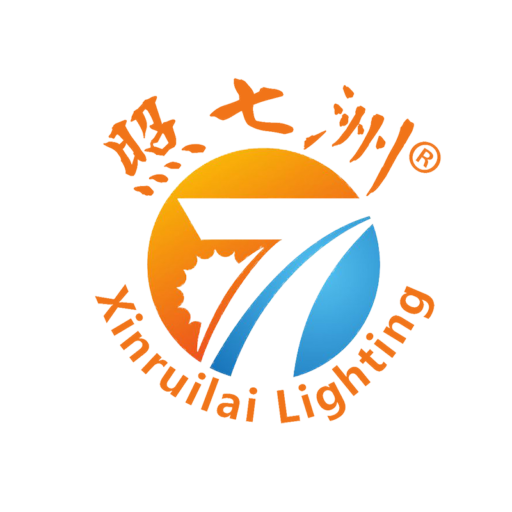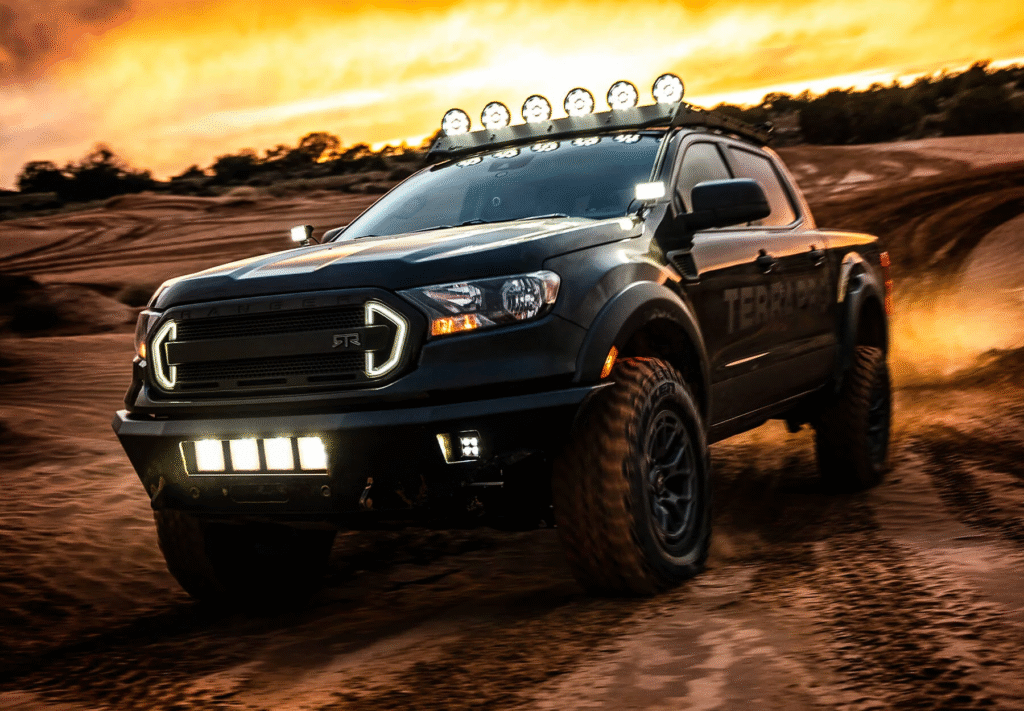In 2025, the off-road and outdoor vehicle lighting market is glowing with opportunity — literally. As more drivers invest in overlanding, adventure travel, and vehicle customization, the demand for high-performance LED lighting for business and retail continues to grow. Whether you want to sell rugged LED light bars for 4×4 trucks or precision spotlights for ATVs, there’s a lucrative niche waiting for you.
Unlike the traditional home lighting market, the off-road LED industry thrives on performance, durability, and style. This guide will walk you step-by-step through starting your own LED light business in this exciting sector — from finding the right LED light producers to making your first sale.
Why 2025 is the Perfect Year to Start an Off-Road LED Light Business

Global Growth of the Outdoor Adventure Market
- The outdoor recreation industry has been booming, with off-road vehicle ownership rising globally.
- Adventure travel trends, including camping, overlanding, and off-road racing, are pushing demand for better visibility solutions.
- LED lighting upgrades are among the most popular modifications for enthusiasts.
LED Technology Leads in Performance
- LEDs are brighter, more energy-efficient, and longer-lasting than halogen or HID options.
- Advanced optics and beam patterns allow for tailored lighting solutions — from wide floodlights to focused spot beams.
- Durability features such as waterproof housings, shock resistance, and dustproof designs make LEDs perfect for outdoor use.
A High-Margin, Customizable Product Category
- Many products can be customized with branded housings, unique beam patterns, or integrated smart controls.
- The high perceived value of off-road lighting allows for healthy profit margins.
- Aftermarket accessories like mounts, wiring kits, and control switches offer additional sales opportunities.
Step 1 – Choose Your Niche in the Off-Road LED Lighting Industry

Identify Your Target Vehicle Segments
- 4×4 trucks and SUVs – High-output light bars, roof-mounted spotlights, and bumper lights.
- ATVs and UTVs – Compact, rugged lights for trail riding and farm work.
- Commercial and utility vehicles – Work lights for construction, mining, or agricultural equipment.
Specialize in a Lighting Category
- LED light bars for wide-area illumination.
- Spot and floodlights for targeted visibility.
- Auxiliary lights such as ditch lights, rock lights, or grille-mounted lights.
Understand Your Customer’s Priorities
- Adventure and safety are top motivations for purchases.
- Buyers value easy installation and durable construction.
- Style and customization options influence purchasing decisions.
Step 2 – Work with Reliable LED Light Producers
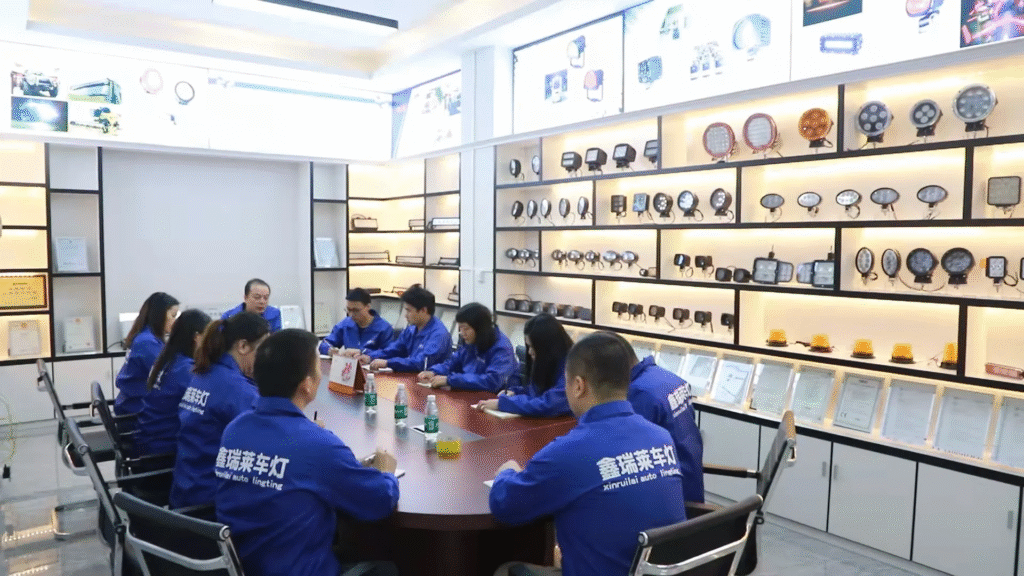
Choose Manufacturers Experienced in Vehicle Lighting
- Partner with LED light producers who specialize in automotive-grade products.
- Verify IP ratings (water/dust resistance) and certifications like E-mark or SAE where required.
- Ensure they use high-quality LEDs (e.g., CREE, Osram) for consistent performance.
Negotiate for Long-Term Business Benefits
- Secure competitive pricing without sacrificing quality.
- Discuss private labeling or OEM manufacturing to establish your brand.
- Set clear agreements for warranties and after-sales support.
Quality Control and Testing
- Always request product samples for field testing.
- Check for durability under vibration, extreme temperatures, and wet conditions.
- Use third-party inspections before shipment to maintain standards.
Step 3 – Build an Efficient Supply Chain
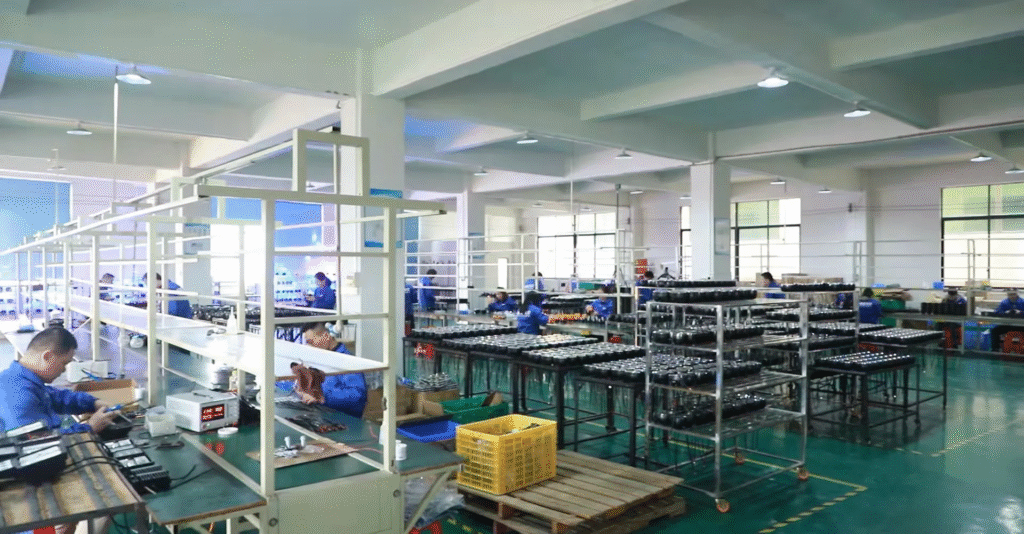
Logistics Planning
- Consider whether to ship directly from the factory to customers or stock inventory locally.
- Air freight is faster but more costly; sea freight works for large bulk orders.
- Plan for seasonal demand spikes (e.g., off-road events, holiday gift season).
Inventory Management
- Track fast-moving SKUs like light bars and LED pods to prevent stockouts.
- Keep spare parts and accessories in stock for upselling and after-sales service.
Cost Optimization
- Negotiate bulk discounts with suppliers.
- Consolidate shipments to save on freight costs.
- Use digital inventory tools to forecast demand accurately.
Step 4 – Create a Standout Brand for Your LED Light Business
Brand Identity and Positioning
- Develop a name and logo that evoke strength, adventure, and performance.
- Create a brand story that connects with off-road enthusiasts’ lifestyles.
- Use consistent colors, fonts, and imagery across all platforms.
Packaging and Presentation
- Use rugged, attractive packaging that protects products during shipping.
- Include installation guides and warranty cards for a premium feel.
Online and Offline Visibility
- Build a professional website optimized for keywords like LED lighting for business and vehicle lighting terms.
- Leverage social media, YouTube reviews, and influencer collaborations.
- Attend off-road expos, trade shows, and car meets to showcase products in action.
Step 5 – Sell and Market Your LED Lighting for Business

Targeting B2B Clients
- Supply to off-road accessory shops, auto parts retailers, and vehicle modification garages.
- Offer bulk purchase discounts and co-branding opportunities.
- Provide training and promotional materials to help resellers sell more effectively.
Selling to End Consumers (B2C)
- Use e-commerce platforms like Amazon, eBay, and your own online store.
- Offer bundle deals (light bar + wiring harness) to increase order value.
- Provide installation videos to make DIY buyers more confident.
Building Trust and Repeat Sales
- Offer solid warranties and responsive customer service.
- Collect customer reviews and use before/after photos in marketing.
- Launch loyalty programs or seasonal promotions for repeat buyers.
What Will Lighting Technology Be Like in the Future?
Smart Off-Road Lighting
- Integrated with GPS and vehicle data to adjust beams for terrain and speed.
- App-controlled lighting modes for trail, work, or emergency situations.
Human-Centric and Adaptive Illumination
- Lights that adjust color temperature to reduce eye strain on long drives.
- Adaptive beams that automatically dim for oncoming traffic without losing trail visibility.
Advanced LED and Micro-LED Technology
- Higher lumen output with less power consumption.
- More compact designs allowing creative mounting solutions.
Sustainable and Modular Design
- Eco-friendly materials and recyclable components.
- Modular lighting systems where parts can be replaced instead of the entire unit.
Wireless Power and Control
- Faster, cleaner installation without extensive wiring.
- Seamless integration with vehicle control systems.
Conclusion
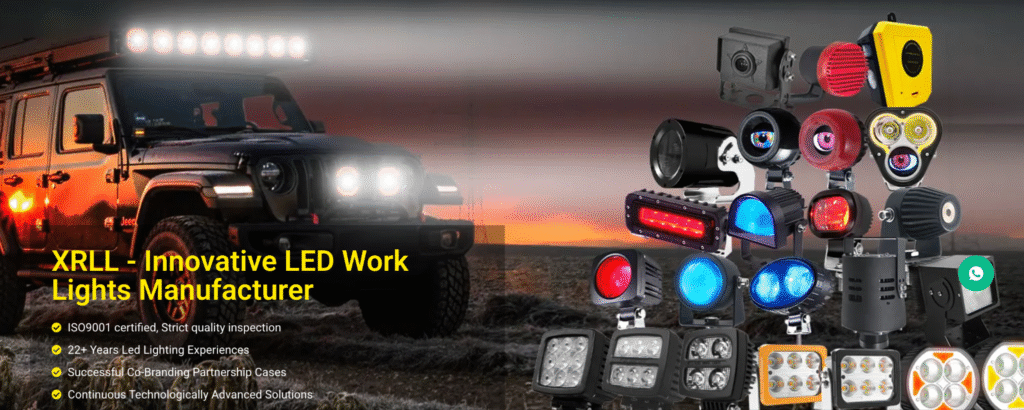
The off-road LED lighting industry in 2025 offers an incredible opportunity for entrepreneurs ready to combine passion with business. By partnering with reputable LED light producers, focusing on performance-driven products, and building a strong brand identity, you can carve out a successful niche in the LED light business.
As lighting technology continues to advance, the businesses that stay ahead of trends — from smart controls to sustainable designs — will shine brightest. The market is ready. The customers are waiting. Now it’s your turn to light the way.
